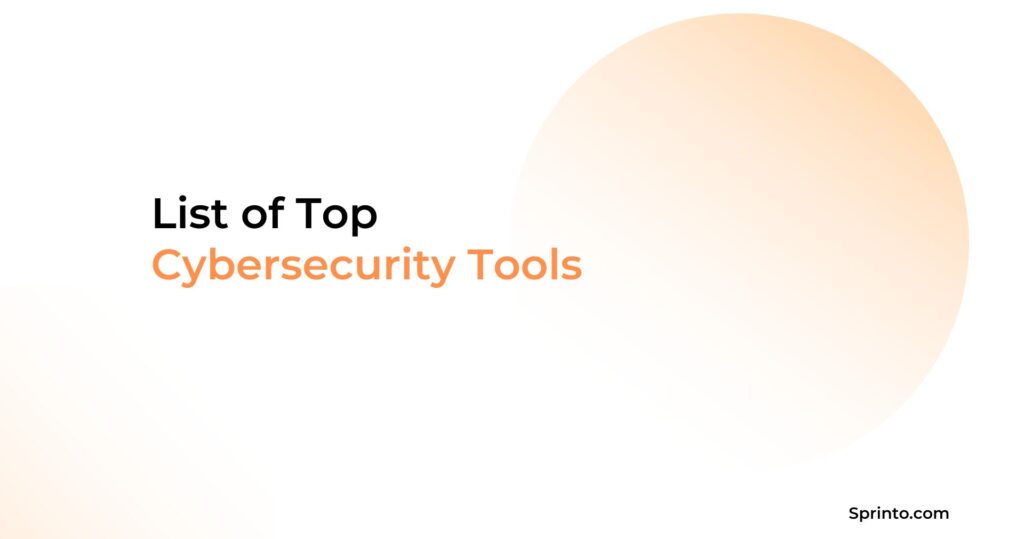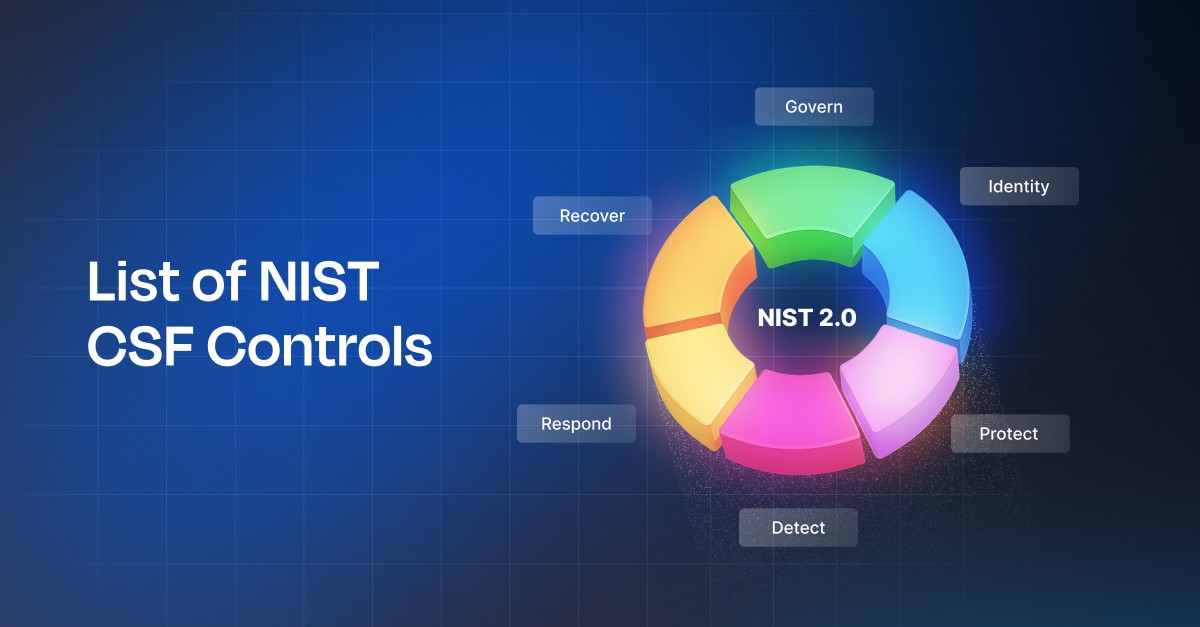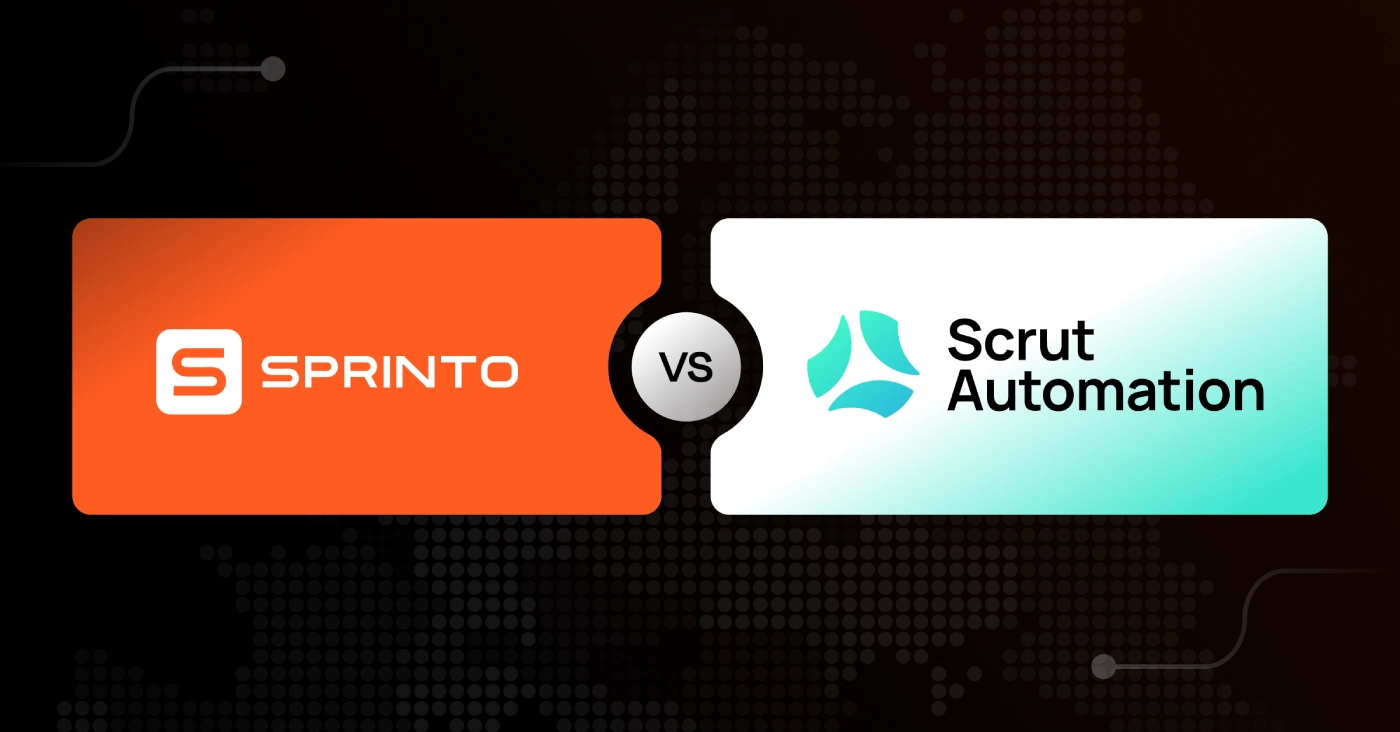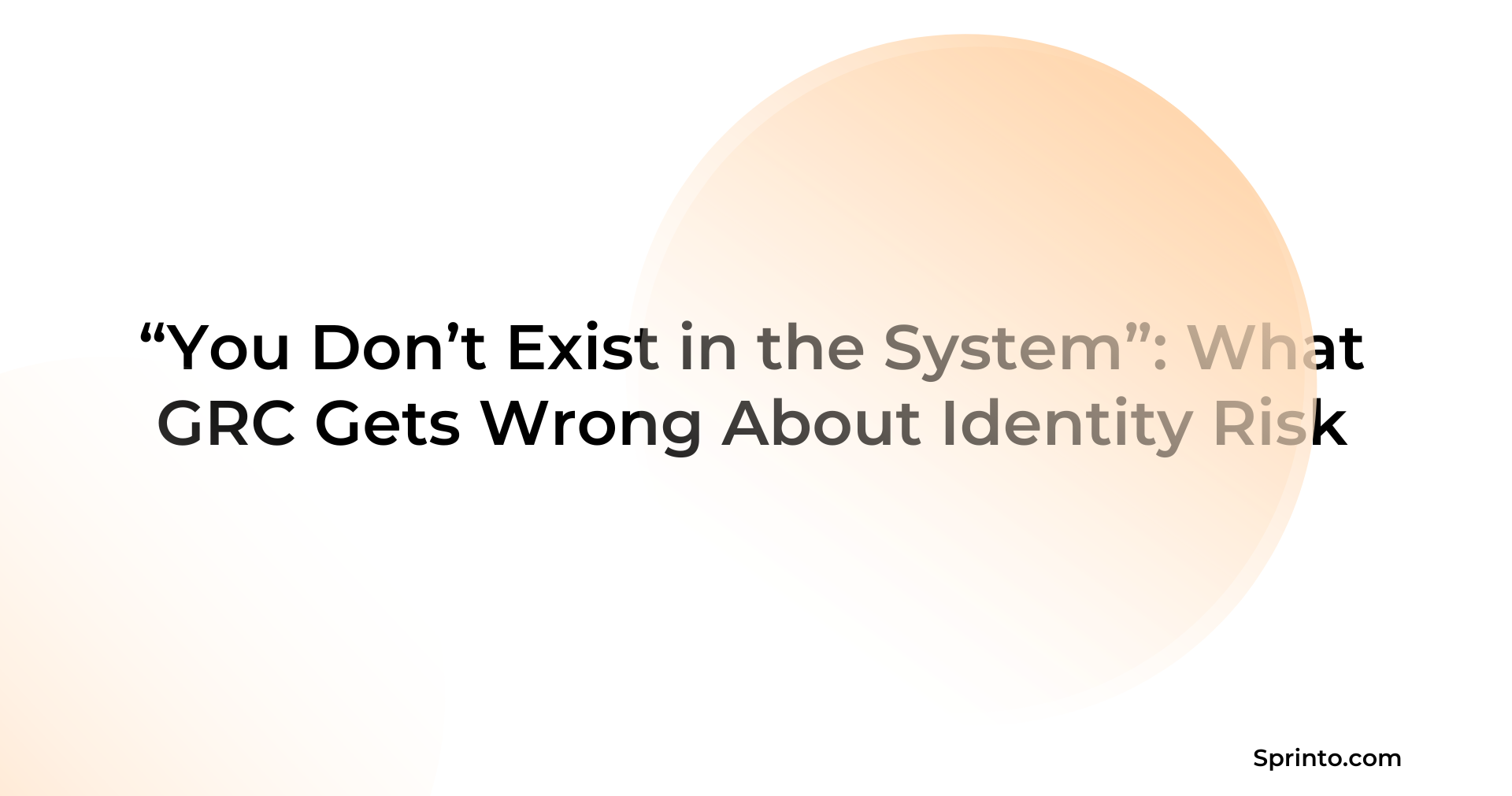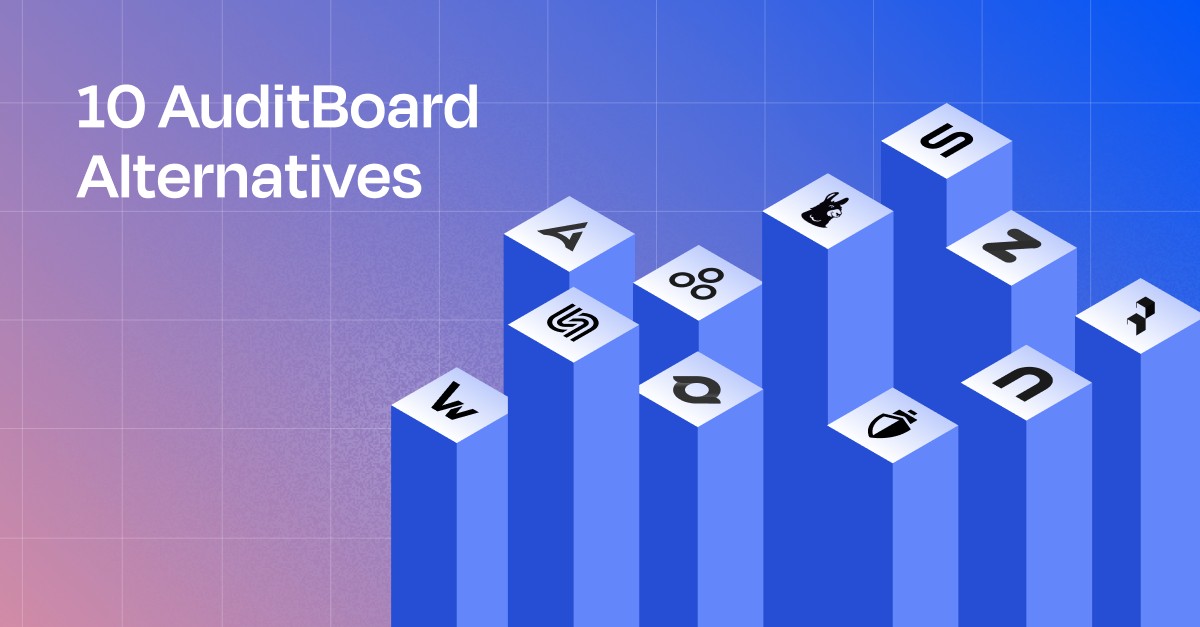Security Posture: Implement a Strong Cyber Defense
Pansy
Sep 25, 2024
According to data by SpaceLift, over 96% of businesses are using public cloud systems rather than on-premise systems. While this is no surprise due to the massive adoption of cloud infrastructure, the problem begins when providers and customers are not aware of the vulnerabilities in their security posture, which can lead to data breaches, account hijacking, and unauthorized access.
Today’s IT security teams have to monitor access control, manage risks, comply with industry standards, and so much more to prevent such security violations; these activities cumulatively form an organization’s security posture.
This article discusses how you can thoroughly assess your organization’s security posture and improve it further. But before we dive into that, let’s get some basics straight.
TL;DR
| Security Posture is the overall status of a company’s cybersecurity readiness. |
| Assessment of security posture includes determining the goals and the assessors, evaluating awareness, testing security controls, assessing risks, reporting and monitoring continuously |
| Security posture can be improved by addressing the gaps after the assessment, monitoring your security strategy, mapping your assets, categorizing your risks, paying attention to third-party risks, and practicing incident management. |
What is security posture?
Security posture is a term that describes the overall strength of an organization’s cybersecurity measures. It represents the status of the organization’s networks, assets, systems, software, data, and helps predict how well an organization is equipped to identify risks and enable remediation efforts and recover from security attacks.
The NIST Special Publication 800-128 says it is
“The security status of an enterprise’s networks, information, and systems based on information security resources (e.g., people, hardware, software, policies) and capabilities in place to manage the defense of the enterprise and to react as the situation changes.”
Security posture is important because its strength defines how well you can withstand or recover from an attack. It is also a testament that assures your customers and other parties involved of your promise to safeguard their resources.
So what are the ‘capabilities in place’ (as said in the NIST definition) or the key elements of a strong security posture?
1. Detailed security policies
Security policies should contain details like your company’s password management process, how data is handled, how your systems respond to any breach incidents, etc. It should also document the individual responsibilities of the security team members and their roles.
To create a robust security policy, assess your current security stance, go through industry standards, learn from examples, assign a team, and get it reviewed internally and externally. Learn more about creating a security policy.
2. Categorized asset inventory
Similar to having categorized icons and folders on your desktop, having an IT asset inventory helps you understand your company’s attack surface and identify potential security risks. Compliance frameworks like ISO 27001 (Annex A.8) focus on this to have comprehensive asset visibility.
Here is a resource for you to download:
Download Your ISO 27001 Asset Inventory Template
You could do this by manually listing out all the digital & physical assets in your organization including devices, documents, software, people, etc, then grouping them by type, responsibilities, location, risks, versions, etc and then monitor them constantly.
Or, you could import your list of assets to a platform that produces the inventory automatically while keeping it updated with round-the-clock surveillance.
3. Clear access controls
Access controls give you power over who has access to what information in your system. There are different types of access control models to choose from, like mandatory, discretionary, attribute-based, or role-based.
Based on your requirements, define the best model for you and constantly keep a check on them.
Tip:
Frameworks like HIPAA, PCI DSS, and ISO 27001 consider RBAC (Role-based access control) to be one of the best practices.
4. Robust risk management
Your risk management system should monitor your complete list of resources against potential risks of any penetration at all times. It makes sure that your systems are following the appropriate measures to mitigate any potential vulnerabilities. You can learn more about the risk management process here.
5. Systematic incident response
In case of a cyber-attack or data breach, your incident response plan should be able to detect, analyze, recover from, and report its findings regarding the cyber incident. It should also prevent future attacks and look out for cyber threats.
The three stages and the steps involved in this are in the image below.
Learn more about security incident response.
6. GRC automation
A holistic approach to having a robust security posture is opting for GRC (Governance, risk, and compliance) automation. It is a cost-effective solution to maintain your cybersecurity strength while reducing manual workload.
Some of the best GRC automation tools are Sprinto, Hyperproof, Auditboard, Logic Gate, and Workiva. Here’s a complete list: Top 10 GRC Tools for 2024.
Now that you know the key elements of cybersecurity posture, let’s begin to understand its assessment process.
Security posture assessment in 3 stages
Assessing your current security posture will require you to examine your company’s internal and external security controls. It starts with asking questions about your network security programs, potential threats, security awareness, third-party vendors, etc.
However, a complete assessment digs much deeper than that, and it should be carried out in stages.
Stage 1: Preparing for your security posture assessment
1. Define goals for security posture
Your goals could be to improve incident management, comply with cybersecurity frameworks, prevent advanced threats, or simply gain customer confidence. Defining a goal will help you identify weaknesses in system design and development, as it makes the requirements clear.
2. Determine security assessor
You can choose to have internal assessors like a CISO (Chief Information Security Officer) or IT manager or set up a whole team. You could also go external by getting a consultant, cybercrime analyst, Certified Information Systems Security Professional (CISSP), etc.
3. Plan the assessment
You can create one comprehensive plan for security and privacy assessments for the whole organization or keep separate ones for each department. Make sure everyone knows who’s responsible for what. Make teams work together to avoid duplicate efforts, saving time and effort.
Stage 2: Conducting the security posture assessment
1. Assess security awareness
If you have a training module, measure results like engagement rate, completion rate, and duration. Conduct company-wide surveys on training satisfaction, knowledge gained, relevance, etc.
Tip:
If you consider using security automation platforms, keep in mind that employee training programs should be a must-have feature.
2. Verify & test existing security controls
What is a security control? A security control is a measure taken for the confidentiality, integrity, and availability of data and information in your system.
Determine whether your controls are failing or passing to know if you have the required checks to withstand security breaches. The manual process includes having a check-list based approach like this: Smartsheet CyberSecurity Risk Assessment.
You can consider verifying your security controls with 80% less effort by using GRC automation tools like Sprinto, which also reduces human errors. It gives you a whole dashboard that shows your security control effectiveness or flaws along with mitigation actions.
Continuous Security for 24/7 Peace of Mind
3. Assess your risks
Identify and analyze your cybersecurity risks and also prioritize them based on their potential impact. Map your controls to the respective risks they pose. The risks can be categorized according to profiles like vendors, financial assets, vulnerabilities, code repository, infrastructure, etc.
In the Sprinto platform, you can do this in the Risks dashboard where you get an option to conduct periodic risk assessments. In case, you maintain an external risk register, you can upload it in the application to get an overview of your risk profile.
Stage 3: Reporting & continuous monitoring of security posture
1. Report assessment results
Craft a report that clearly shows your findings from the above steps and denotes whether or not they satisfy your goals. The report will help your internal and external stakeholders guide future decisions regarding your security posture.
2. Monitor constantly
A security posture assessment is not a point-in-time event, it has to be monitored continually to get a clear picture of its efficiency. However, real-time and continuous monitoring is not possible without a GRC automation tool.
With Sprinto, you can have a bird’s eye view of your organization’s security posture while mapping controls to ensure compliance with your required frameworks.
How to improve your security posture?
The first step in improving your security posture is conducting periodic security assessments. The duration or gap of the assessments will depend on the maturity of your security system.
Although the first assessment will take some time, especially if done manually, in the long run, it will save you a lot of time and effort. But, simply conducting the assessment is not enough, there are certain tasks that need to be carried out to further improve your security posture based on the gaps.
1. Monitor vulnerabilities constantly
Keeping a check on your vulnerabilities is not a one-time task or even a specific moment task. Have a vulnerability surveillance system in place to keep a check on your controls all the time.
You can consider using an automated vulnerability scanner that identifies and remediates both active and passive vulnerabilities in a consistent manner.
Read this blog to learn more about how to conduct a vulnerability assessment.
2. Categorize risks department wise
It won’t be easy for a single person to handle all kinds of risks sourcing from all departments. Group your risks according to departments and assign someone from each department to overview them to make things much easier.
The people responsible for each department should be aware of the risks associated. This is an important step that can only be taken if all employees have received sufficient training on the organization’s security policies.
Sprinto’s risk dashboard shows you the respective risk owners and their status. This creates a sense of responsibility for the assigned employees who can be held accountable in case of incidents.
3. Conduct third-party risk assessments
Third-party risks consist of risks associated with your vendors, contractors, suppliers, manufacturers, contractors, etc. You must conduct thorough due diligence, fill out security questionnaires, and assess their security posture to ensure they will safely handle the shared data.
Find 55 questions to ask your third party while onboarding: Vendor risk assessment checklist.
For instance, Sprinto lets you conduct vendor risk assessments collectively for all vendors and classifies all vendors according to risk levels, ‘low’, ‘medium’, and ‘high’. The platform also continuously monitors breaches across the public domain and notifies you whenever a breach occurs.
4. Practice incident management
Incident management is an instruction manual that tells your security professionals’ team what to do during an incident to minimize the effects and recover from an incident. Have a knowledgeable incident response team ready who will also be responsible for documenting all incidents along with their details. They should also notify all the parties involved in the incident.
To make things a little easier, you can download a ready-to-use incident management policy template:
Download Your Sample Incident Management Policy Template
After the incident, they will be responsible for conducting a review so that your company can improve its security program to prevent future breaches.
5. Track security metrics
Security metrics define your potential threat landscape and provide a quantitative analysis of your security controls, cybersecurity incident response protocols, and overall risk management strategies.
Here are some of the key security metrics you should consider tracking:
- Intrusion attempts & responses
- Security incidents
- Mean time to detect
- Mean time to resolve
- Mean time to recover
- Patching cadence
- Nonhuman traffic
- Antivirus monitoring
Learn more about cybersecurity metrics and how to calculate them.
Apart from these, Aron Lange, Founder of Learn GRC and cybersecurity veteran made three more suggestions for companies to effectively convey their security posture in a webinar with Sprinto.
1. Communication transparency: Companies must be able to demonstrate that they have been keeping customers in the loop at the time of events.
2. Third-party audits: Compliance with regulations like ISO 17001 involving third-party audits instills greater trust in security posture.
3. Trust center: An Information security statement or a Trust Center where customers can find information about controls, compliance status, documentation, etc.
Improve your security posture with Sprinto
A strong cybersecurity posture defines how mature your organization’s security systems are and how well they can predict, identify, and mitigate security attacks. The above steps discussed, like regular assessments, asset mapping, vulnerability monitoring, TPRM, etc., will improve the overall health of your company’s security posture.
However, existing internationally accepted compliance frameworks like ISO 27001, NIST, SOC 2, GDPR, etc., which establish standards for information security and cybersecurity compliance, and ensure that your customer data and assets are protected at par with international standards have to be essential foundation for your cybersecurity posture.
With Sprinto, you can automate the process of getting compliant with all the above-mentioned frameworks. But that’s not all. While getting compliant with one framework, you can see how ready and which controls are already met for other frameworks. Plus, you could reduce 90% manual work involved in the process.
Watch this video to learn more:
Stay Ahead with Automated Continuous Compliance
Frequently Asked Questions (FAQs)
1. What are the types of security posture?
The types of security posture are:
- Network security posture
- Data security posture
- Cloud security posture
- Third-party security posture
2. What is the level of security posture?
Your security posture level is based on how well you can see your attack surface and assets, and the effectiveness of your processes and controls in defending against cyber-attacks. It is your ability to detect and contain those attacks.
3. What are the 3 IT security posture principles?
The three IT security principles are:
- Confidentiality
- Integrity
- Availability
4. What is the security posture of an application?
Application Security Posture Management (ASPM) involves assessing, overseeing, and improving the security of your organization’s custom applications. It specifies that your applications meet security standards, defend against cybersecurity threats, and stay compliant with regulations.
5. What is a cyber security posture review?
A cybersecurity posture review provides you with a top-level evaluation of your organization’s overall security status. It covers its policies, procedures, and technologies.
6. What is the importance of security posture?
Security posture is important because it gives insight into where your company stands in terms of threats and vulnerabilities. It gives an idea of your attack surface and how well it can withstand and mitigate risks.


Use Sprinto to centralize security compliance management – so nothing
gets in the way of your moving up and winning big.





